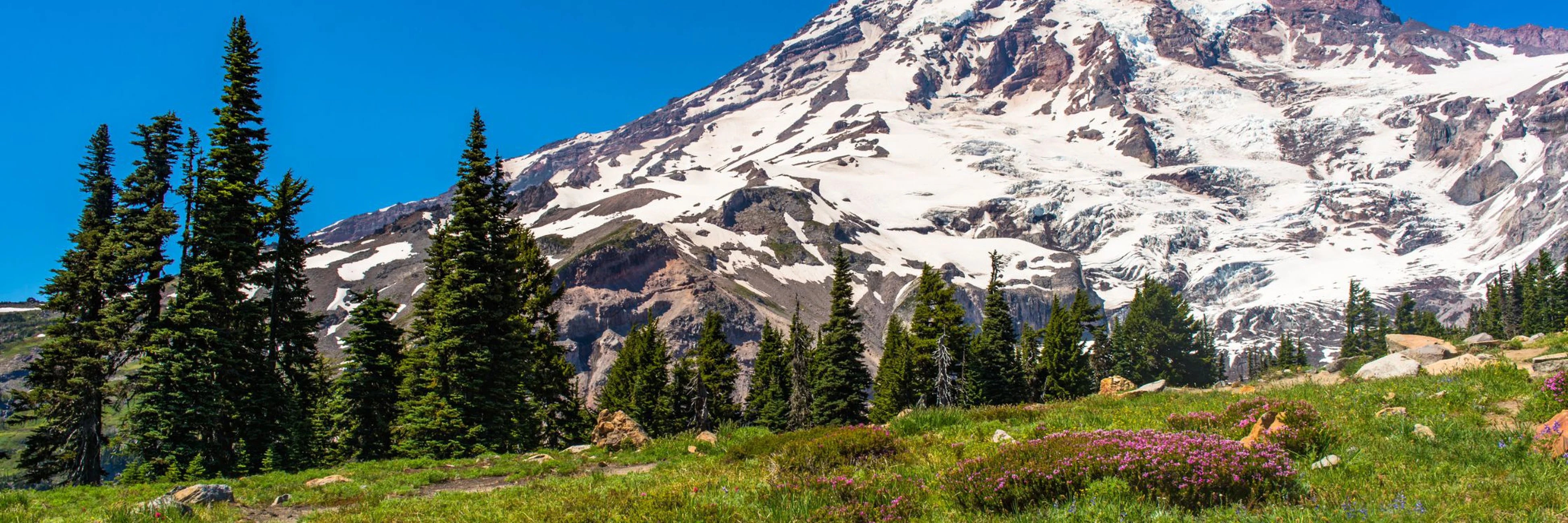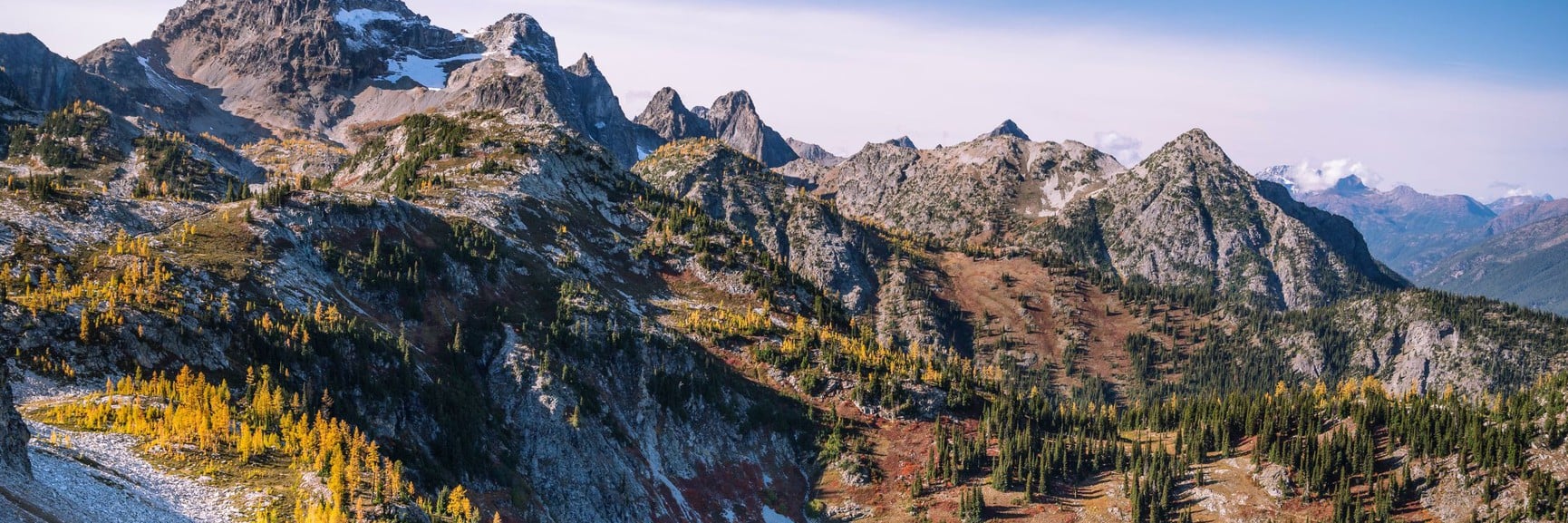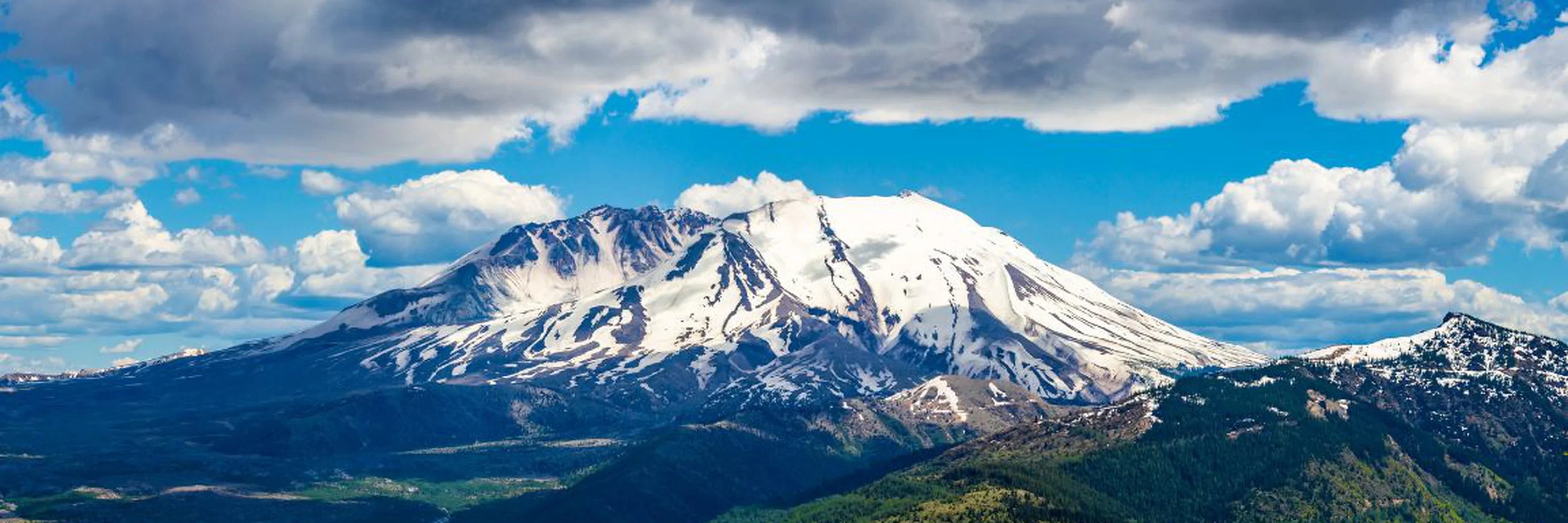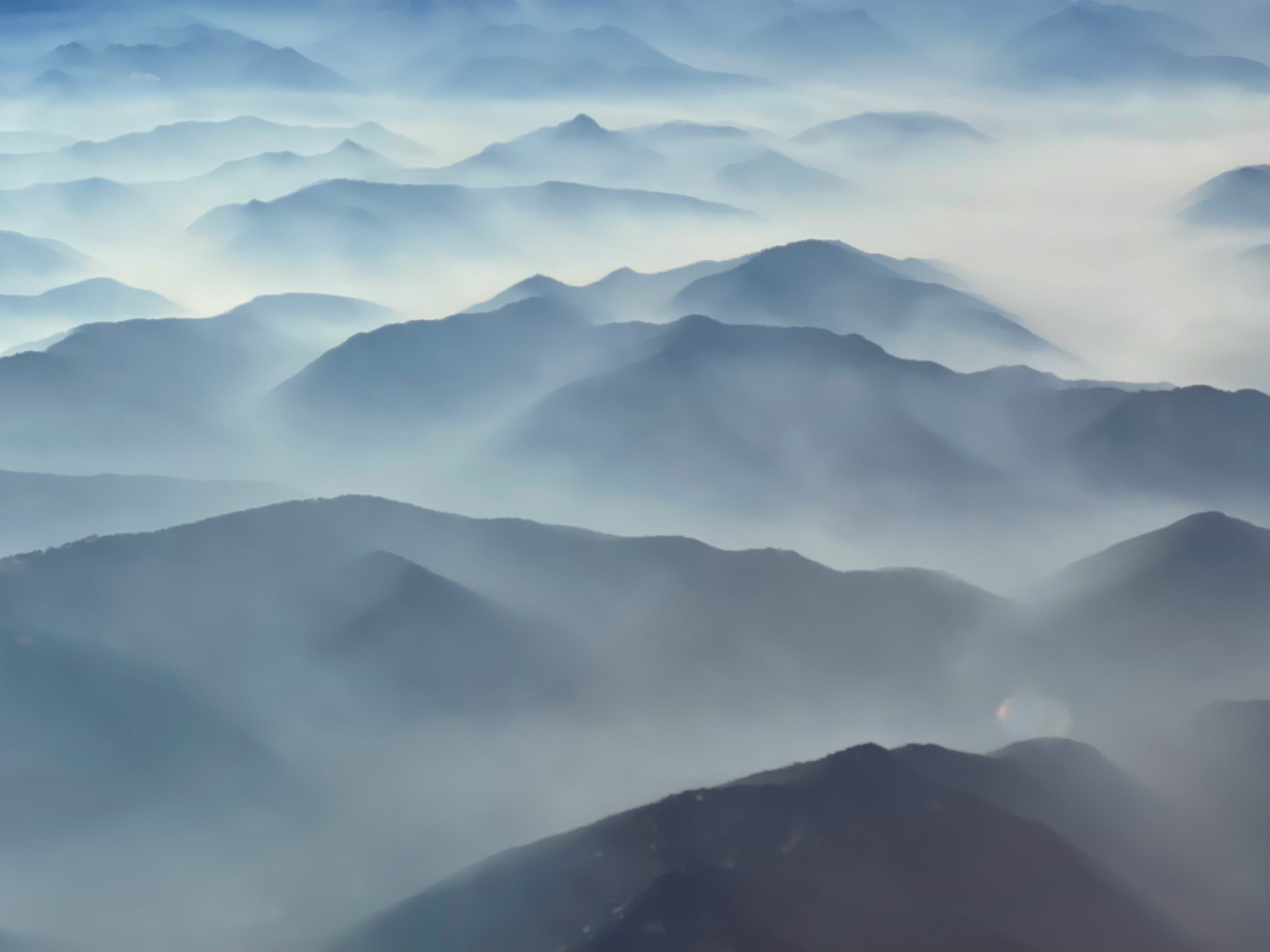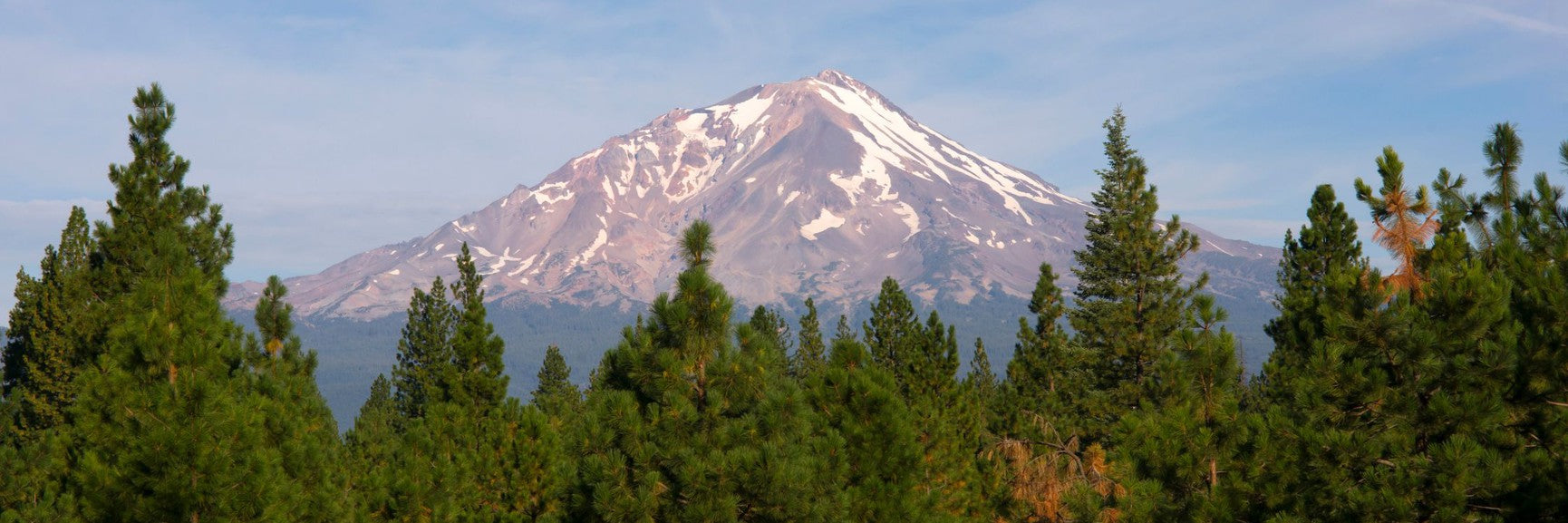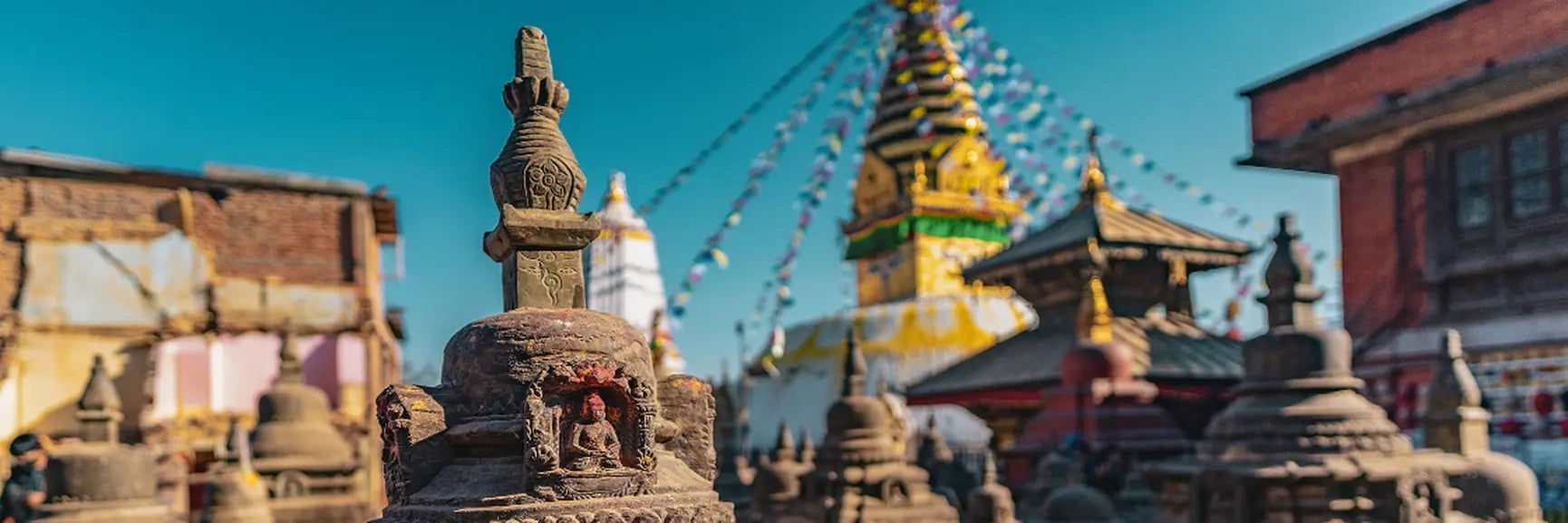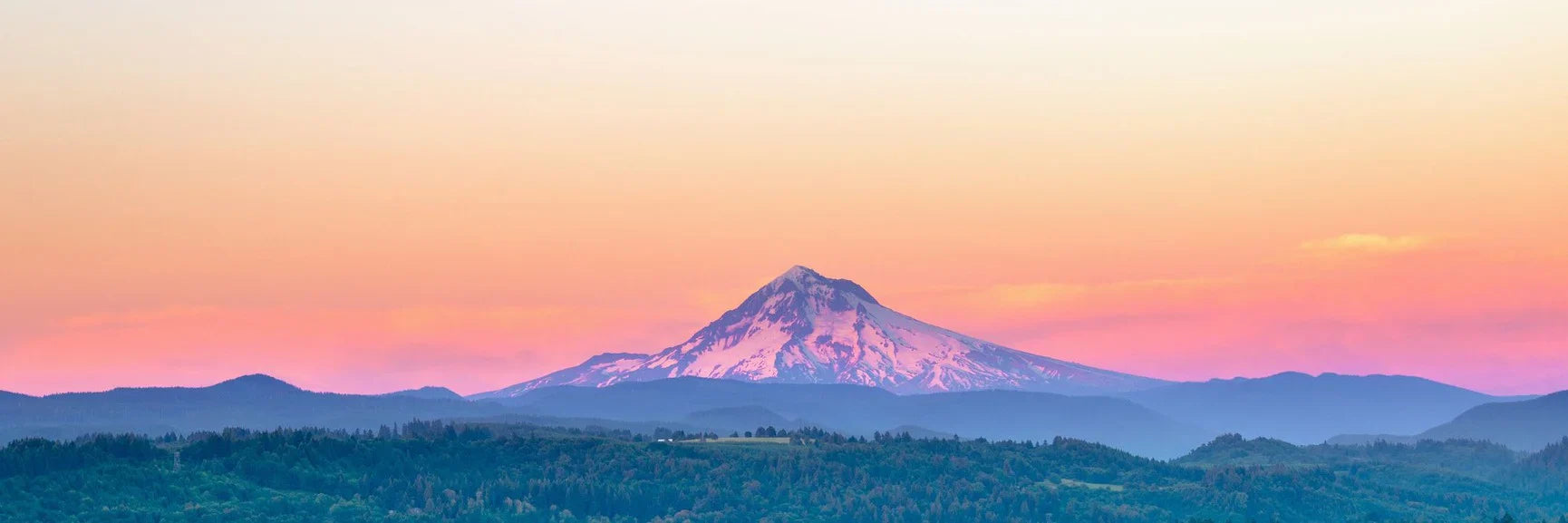Mount Rainier, known locally as Tahoma, Tacoma or simply 'the mountain', is the largest peak in the Cascade Range, a series of peaks in the Pacific northwest running from California to Canada. Standing at 4,392m (14,411 ft) it is the 17th highest peak in the United States but the most topographically prominent mountain in the contiguous United States. This prominence makes it so distinct that on a clear day you can easily spot it soaring above the surroundings from Seattle's space needle.
Climbing Mount Rainier, however, is difficult and should only be undertaken by experienced mountaineers if unguided. 50% of all summit attempts fail. This guide offers advice on how to climb Mount Rainier along with more general information on its formation, geology and geography.
Climbing Mount Rainier
There is no doubt that Mount Rainier provides a challenge for even the most experienced mountaineers. Mountains should be admired and respected in equal measure not only because of their natural beauty but for their potential to make tricky situations, much worse. However, Mount Rainier is an option for amateur climbers who are in good shape, mentally tough and ready to learn from the experience of experienced guides. Equally, for experienced adventurers, Mount Rainier as a land of fire and ice more than stands as a sizeable obstacle.
Where is Mount Rainier?
Mount Rainier is located in Mount Ranier National Park, west-central Washington State, just east of Eatonville and Southeast of Tacoma and Seattle. The major cities of Seattle, Tacoma, Yakima, and Portland are all within 200 miles. From Seattle, it takes approximately 1hr 45 mins by car. During peak summer times, expect long waits at entrances and full parking lots so make sure you plan your route in advance.
How difficult is Mount Rainier to climb?
To put it frankly, summiting Mount Rainier involves a multiday 9-mile climb with 3km of ascending through snow, ice, and rock. Make no mistake this is a substantial undertaking requiring both physical and mental strength along with a healthy set of lungs and legs. Yet great satisfaction comes with great challenge and there is no better feeling than conquering this permanently moored Kratos. Each year, thousands complete the ascent of all experience levels. From the latest data collected by the National Park Service, in 2018, 10,762 people attempted the climb, with 5,135 successful; it has a success rate of 48%.
How long does it take to climb Mount Rainier?
The length of the climb depends on your experience and fitness level. Typically, it takes 2 days to climb Mount Rainier. On the first day, you climb to Camp Muir at 3km and then as day breaks on the second day you push for the summit, normally taking around 8 hours. The trip back down then takes around 4-hours.
The above is the length of the climb itself and doesn't account for the preparation and training you may need. If you are an inexperienced climber, you will need to learn how to navigate and hike on snow and ice safely. With guided trips, an additional 1 or 2 days is spent training to do this.
When is the best time to climb Mount Rainier?
May/June
Climbing season for Disappointment Cleaver begins in mid-may and access to Emmons Glacier (we will discuss more of these routes later) may not be passable until late May. Early in the season, the mountain is at its pristine best with fewer climbers compared to peak season. And the weather does tend to be more unpredictable earlier in the season.
July/August
July and August see the best weather with the highest average temperatures and lowest levels of precipitation. The trade-off with the best weather is it is the busiest period.
September
September is just after peak season meaning the number of climbers diminishes significantly and also September has more consistent weather than in the early season. Snow isn't usually encountered until 2.2km up, snow on the upper mountain tends to be firm.
No matter the time of year, weather conditions can change rapidly in mountains. Before climbing, always obtain a current weather forecast and check out general trends before you arrive at Mount Rainier. If the weather deteriorates, turn back. You can always return another day. Severe storms are not uncommon even in the summer months. Poor weather is also one of the biggest contributors to accidents, near-misses and even fatalities on the mountain. In any case, you should be prepared for all eventualities.
Can I climb Mount Rainier without prior experience?
Yes, you can climb Mount Rainier without prior mountaineering experience. However, because Mount Rainier is covered in almost 80km2 of glaciers, you should go with a guide. Guides have climbed the mountain 10s, if not 100s of times, and that experience and local knowledge are invaluable when traversing new terrain. The guides are professional mountaineers and often offer in-depth courses for climbing before heading out to the summit.
Whilst you may be unfamiliar with using crampons and ice picks, you should still aim to be in peak physical condition. The altitude only makes the climb harder. Being used to oxygen debt by training cardio and some basic weight training to be used to lifting and carrying a heavy backpack are essential if you're to cope in thin-air environments.
Do I need a permit to climb Mount Rainier?
Yes, you do need a permit to climb Mount Rainier. You need both the Annual Climbing Fee and a Climbing Permit. The Annual Climbing Fee is valid for the entire calendar year and covers the cost of rangers at the Mount Rainier National Park, search and rescue responders and the maintenance of camps. The Annual Climbing Fee changes in line with inflation but costs around $50 for adults and $40 for youths.
Climbers must also obtain a Climbing Permit in person at a ranger station – not available online or via telephone – when ascending over 10,000ft. This is issued specific to the date and party, unlike the annual climbing fee. You may wish to reserve the climbing permit, it is recommended if you are travelling long distances to get to Mount Rainier or over holiday weekends, which you can do through the recreation.gov website.
What are the routes up Mount Rainier?
Disappointment Cleaver
Disappointment Cleaver, or simply D.C., is the most popular route up Mount Rainier that is set and maintained by guide companies. From the suitably named Paradise Meadows, you then climb up the Muir snowfield before reaching Camp Muir (which features toilet facilities) at 3000m. Setting off at midnight from Camp Muir, you cross the Cowlitz Glacier, up the pumice of Cathedral Gap and then along the Ingraham Glacier. You then traverse the crumbly rock of Disappointment Cleaver, navigating around crevasses, and crossing the summit crater before reaching the true summit of Columbia Crest.
Emmons Glacier
The Emmons Glacier route is a bit less busy than the Disappointment Cleaver route as it is of increased difficulty. You first ascend 500m through the middle of Inter Glacier to reach the glacier rim at Camp Curtis at 2750m. At this point, you then descend to the Emmons Glacier before then ascending the glacier to reach Camp Schurman at 3000m. Arrive at camp early to reserve the best camping spots. From Camp Schurman, you then follow "The Corridor" up to about 3700m, then snow is smooth but then becomes heavily crevassed. From here there are many variations of the route to get to the summit but the most popular is across the saddle of Columbia Crest and Liberty Cap.
What kit do I need to climb Mount Rainier?
- Ice Axe
- Crampons
- Climbing Harness Plus Two Locking Carabiners
- Avalanche Transceiver
- Trekking Poles
- Double or Single Boots (depending on time of year)
- Gaiters
- Hiking Socks
- Gloves
- Climbing Helmet
- Hat
- Glacier Glasses
- Headlamp
- Climbing Rucksack
- Sleeping Bag
- Tent
- Water Bottle
- Rubbish Bags
- Sunscreen & Lip Balm
- Small Personal First Aid Kit
Geography & Geology of Mount Rainier
How was Mount Rainier formed?
Mount Rainier is a stratovolcano located in the Cascade Volcanic arc. Mount Ranier, as all stratovolcanoes do, was formed from eruptions of highly viscous lava that cool and solidify close to the volcanic vent, resulting in the vent heightening as more and more layers are added over thousands of years. This has caused Mount Rainier to dominate its surroundings with a higher topological prominence than K2 – the world's second-highest mountain. On clear days, it can be seen as far away as Canada. However, previously it is likely that Mount Ranier stood even taller (roughly 4,900m), before a major debris avalanche and Osceola Mudflow, 5,000 years ago. Since this major collapse, as many as 11 tephra layers have been found in the current geological epoch as recently as 1,000 years ago.
Is Mount Rainier likely to erupt?
Mount Rainier has not produced a significant eruption in the past 500 years however, eruptions can often happen unexpectantly and without prior warning. Scientists do keep a close eye on Mount Rainier, with multiple seismic monitors being placed both on the volcano and in the National Park.
The last recorded eruption, although minor, was between 1820 and 1854. Mount Rainier has since been named a Decade Volcano, one of 16 volcanoes highlighted as being worthy of study due to a history of destructive eruptions and proximity to densely populated areas. Recent surveys by the U.S. Geological Survey, 80,000 people live in the paths of potential deadly debris avalanches, should the volcano erupt.
Glaciers on Mount Rainier
Mount Rainier hosts 26 glaciers, totalling 80km2 with a further 15km2 of permanent snowfields. This makes Mount Rainier the most highly glaciated peak in the contiguous U.S. Due to geothermal heat melting the snow and ice immediately surrounding the two craters of Mount Rainier, this has caused it to host the world's largest volcanic glacier cave network with over 3km of passages.
The glaciers on Mount Rainier are continually moving, indeed the Nisqually Glacier was measured to be moving as fast as 74cm per day. The glaciers between the 14th century and 1850 advanced to their furthest extent down the valley since the last ice age. Whilst the glaciers had been retreating since 1850, from 1920 onwards this became more rapid.
The retreat of the glaciers was picked up by the artist Banksy, who hijacked Albert Bierstadt's (who rallied against the industrial revolution's destruction of nature) 1890 painting featuring Mount Rainier, by adding an asterisk to the painting's bottom right corner stating: “*Subject to availability for a limited period only." At auction, it fetched a cool £4.5 million.
